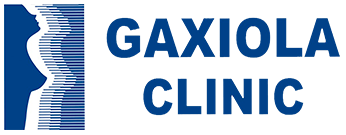Abdominoplasty is a surgical procedure that removes excess skin and fat from the abdomen and tightens the muscles of the abdominal wall.This procedure is commonly done in conjunction with liposuction of the waist and back for better results.
The abdominoplasty or tummy tuck is a low risk procedure due to the muscles, entrails, nerves or vessel are not involved only fat and wall abdominal skin. The only inconvenient is the scar in the pubis level, however it can be hide with the underwear. The scar size depends of how damaged and flaccid the skin is.
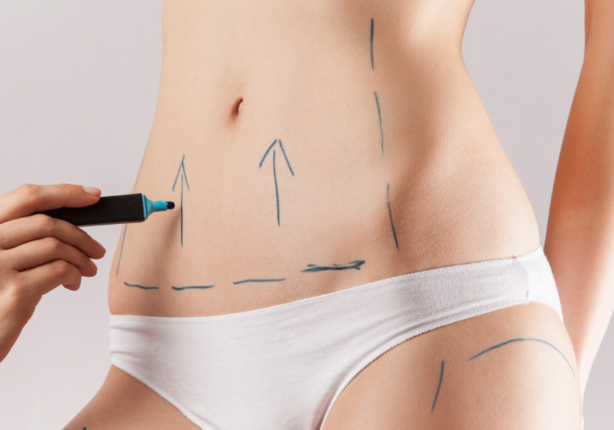
Liposuction
Liposuction is a procedure that sculpts the body through the removal of unwanted fat deposits from specific areas (abdomen, hips, buttocks, thighs, knees, arms, double chin). There are several types of anesthesia that can be used to perform a liposuction, yet the most common practice is to use local anesthesia and a sedative only. The length of procedure varies from patient to patient and is dependent on the areas to be treated and the quantity of fat to be removed. There are times when the same body fat is used to fill other areas of the body, such as the buttocks
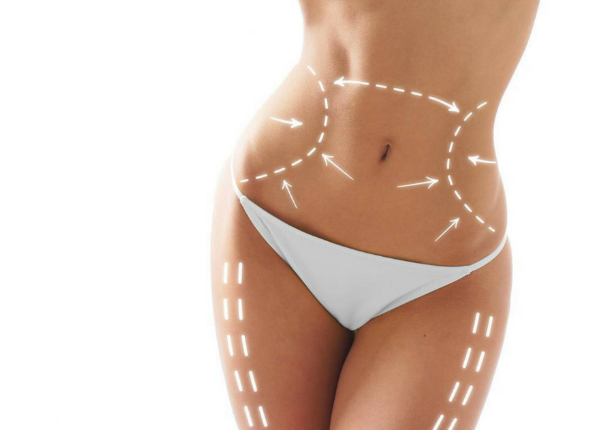
Arms Liposuction
This procedure helps to get rid of the fat end reduces the arms thickness to have an aesthetic appearance the recovery time is one week.
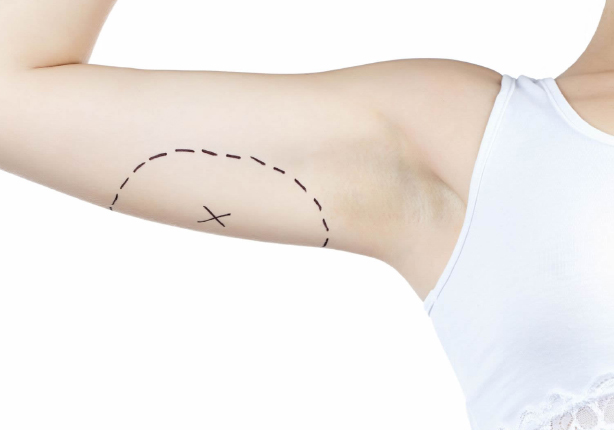
Laser Assisted Liposuction
This procedure has been performed for about 14 years in Europe and South America, and less time in North America.
It is primarily to assist the retraction and accommodation of sagging skin after liposuction, improving the contour, especially areas difficult to treat with conventional techniques, for example ¨Hump back¨, secondary liposuction and those with skin irregularities and contour fat, which have excessive scarring or fibrosis that retract the skin, helpful in areas like sagging skin on arms to prevent longitudinal scar tends regularly to be broad and hypertrophic, being anti-aesthetic.

Brachioplasty (Arm Lift)
This surgical procedure removes loose skin and excess fat deposits in the upper arms, recovery time is two weeks.
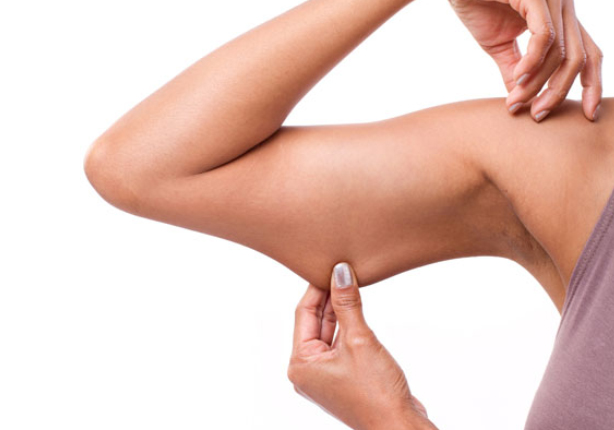
Legs Liposuction
This procedure helps to get rid of the fat end reduces the thighs thickness to have an aesthetic appearance the recovery time is one week.
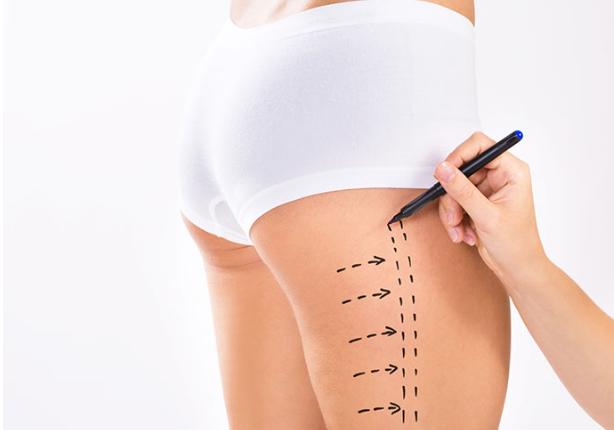
Laser Liposuction
Laser liposuction, also called lipolaser and laser liposculpture, is an evolution of traditional liposuction and is currently one of the aesthetic treatments that are most used to ensure that patients get the figure they want in a safe and successful way.
There are many areas where you can perform a liposuction, being in most cases very effective to remove localized fat.
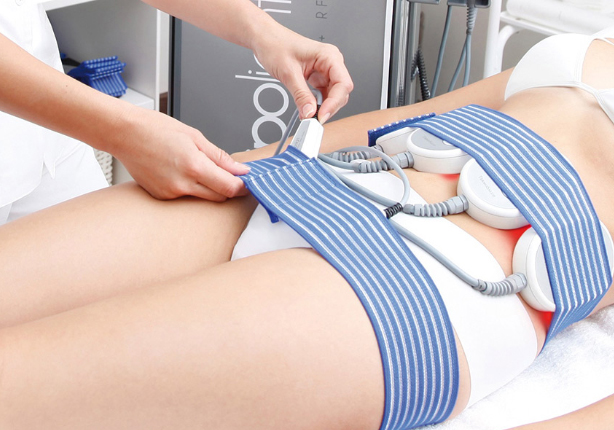
Cruroplasty
The cruroplasty or thigh lift, is a technique of reconstructive surgery that allows to “stretch” the excessive skin of the anterior, internal and external thighs. A great loss of weight can cause these “wrinkles and excess skin” and with this important discomfort, sometimes with abrasions and recurrent skin infections, especially in our climate and in periods of heat.
It is a complex and demanding technique for the surgeon, but safe in expert hands. Leave a scar on the inner side of the thigh, but because of its poor visibility this is not a limiting factor. It requires experience and meticulous technical knowledge, which allows a true lifting or tension of the tissues. When the need for the lift affects the buttocks, an optimal result is more complex.
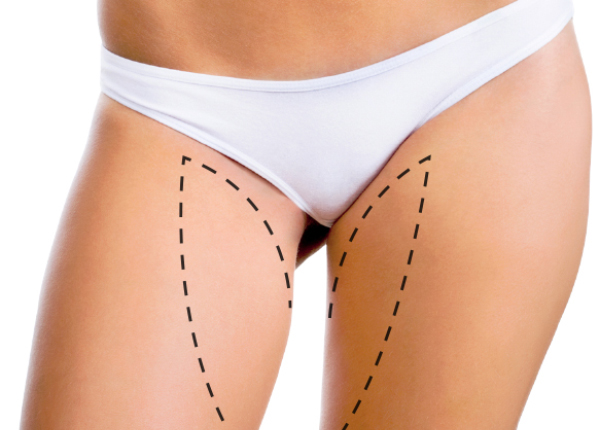
Calf Implants
The calf implants is a surgical procedure that is requested to increase the volume and reshape that specific area of the legs. Consists in making an incision in the back of the knee, create a gap to place the desirable implant. This procedure can be performed with regional or general anesthesia. The estimated duration of the surgery is about an hour and the times for recovery is one week, is recommended relative rest and wear compression garments like stockings or elastic bandages.
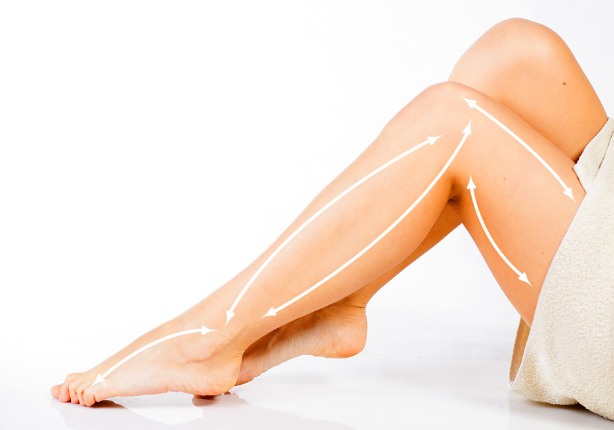
Fat Grafting
Calf augmentation using fat grafting helps balance and give better proportion to the legs with permanent results without scars. Recovery time is about four days.
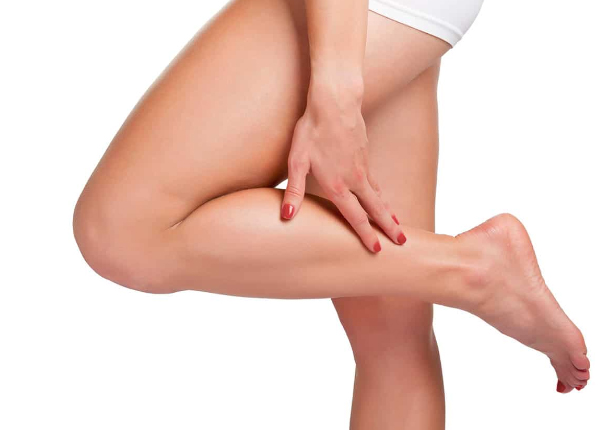
Buttocks Implants
The buttocks implants is another method to increase, define and balance the shape of the gluteus area in relation to the rest of the body, normally slim patients require this surgery to get a better bottom appearance.
The buttocks implants surgery consists previous regional anesthesia, making an inter gluteus incision to create a pocket under the gluteus muscle and place the implant.
Is very important to mention that there are different types of implants, sizes, shapes, textures and each patient may vary for the selection of the implant to be the right one. The surgery may last around two hours. For recovery two weeks of rest are recommended.
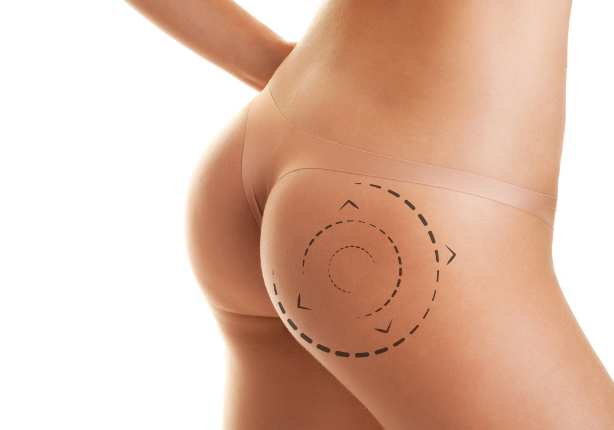
Buttocks Lift
It is a procedure that is frequently applied to patients that have had overweight issues and encounter butt cheek stretch tissue, some of the patients that encounter this problem are patients that have had gastro by pass, gastric band, gastroplasty reduction and have lost a significant amount of weight. We often apply the Brazilian Butt lift to patients that have suffered some butt cheek stretching issues as well. There are several techniques for buttocks lift. The procedure generally consists on taking out the excess skin and tissue from the upper part of the butt area and eventually the area is molded with the same body fat, that way scaring is minimal. The approximate time for this procedure is about one and a half to two hours.

Fat infiltration
Gluteal infiltration or lipoinjection is indicated in patients who desire an increase in volume and projection of the gluteal region. It is also indicated to patients who have a sagging buttocks appearance, either due to weight loss or skin flaccidity.
The gluteal augmentation is done with fatty infiltration, which is usually obtained from a liposuction. Therefore, we first perform the extraction of fat from some areas of the body with excess fat or from where the patient requires it.
The fat is collected in a sterile bottle, and later by means of special cannulas it is infiltrated in the gluteus in the muscular plane thus giving volume and projection to the gluteus. The amount of infiltrated fat is variable in each patient according to the requirements. Anesthesia may be sedation and / or blockage.
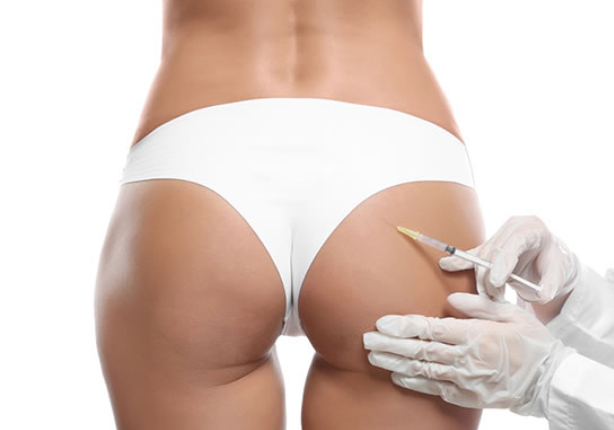
Vaginal Rejuvenation
Actually many patients are also interested in rejuvenation of the genital (vulva and vagina) flaccidity problems that we observe in the rest of the body can also be observed in those areas specially in patients that have had deliveries.
In the vulva-vagina you can have a younger tone with the modern laser method that goes with surgery to remove the excess tissue, is very common to be seen in majora and minora labium.
The muscles to the vagina conduct also can be unite in the middle line to close the excess opening it is very common to observe also another structures to be fallen (bladder or cervix). Recovery time one week. The muscles that give tone to the vaginal conduct also can be unite in the middle line to close the excess opening.
It is very commom to observe also another structures to be fallen (bladder or cervix).
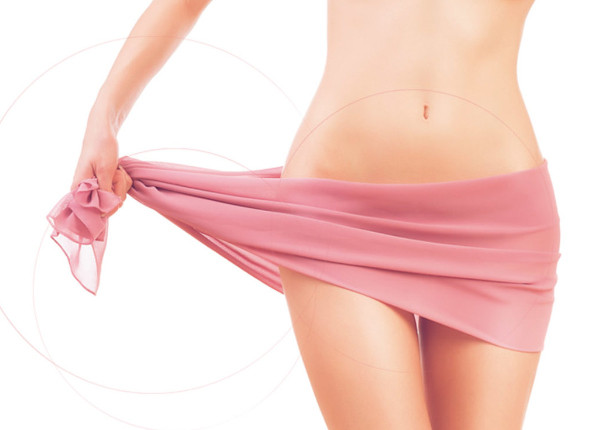
Hymenplasty
Hymenoplasty is the technique of intimate surgery that consists in the reconstruction and repair of the hymen, restoring and restoring the thin membrane that covers the entrance of the vagina.
The reasons why patients request this surgery are usually religious, ethnic, social customs or because the patient wants to recover their virginity.
It is called hymenoplasty or hymenorrhaphy to that set of minimally invasive surgical techniques with which, by means of some cuts in the area of the tear and a subsequent suture, we reconstruct this membrane.
Duration of the intervention: 45-60 minutes
Labor and social recovery: 3-4 days.
Definitive recovery: 1 month, although it depends on each patient.
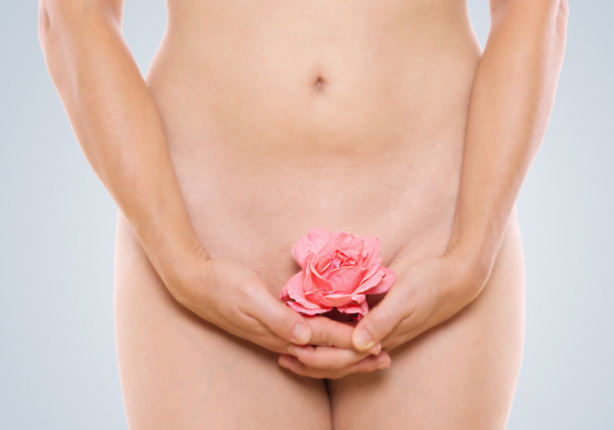
Labiaplasty
The labiaplasty is a surgical intervention that is part of the so-called “female intimate surgeries”. It is a procedure that began to develop in the 70s to correct congenital anomalies in the vagina and improve the appearance of the intimate area of the woman.
There are surgical procedures that help to solve these problems returning to normal the appearance of this anatomical region; One of them is labioplasty.
The hypertrophy or enlargement of the labia minora can lead to an aesthetic and functional problem. Difficulty in hygiene or in sexual relationships that can condition the life of some patients.
Duration: 60 minutes.
Labor and social recovery: 15 days.
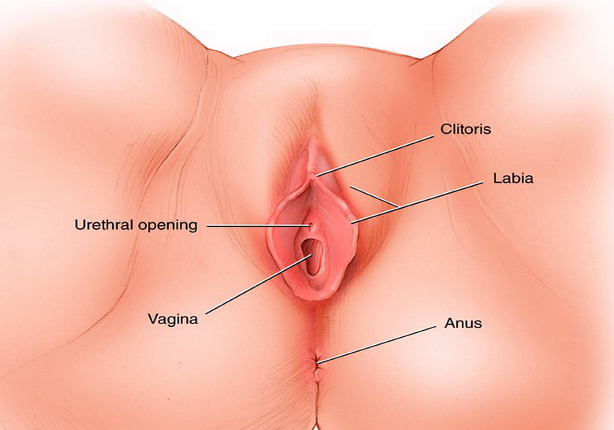
Sleeve Gastrectomy
BARIATRIC SURGERY
There are some types of surgical procedures to treat obesity. The goal of each one is to make the patient lose weight.
LAP BANDA: is a procedure where a ring is placed around the stomach to decrease the ability to contain food.
GASTRIC SLEEVE SURGERY / VERTICAL SLEEVE GASTRECTOMY: In this surgical procedure, the stomach is cut vertically to decrease the size and make the patient feel full.
GASTRIC BYPASS: this procedure has a part of the cut of the stomach and the cut of the small intestine to diminish the capacity of absorption of nutrients.

It’s important that the patient follow the medical prescription of post-operative care.
How Visible Will Rhinoplasty Scars Be?
While it is true that as a result of all surgery there are scars, and the nose is not the exception, it will depend on the medical indication and the technique to follow that they remain hidden or visible.
Open Rhinoplasty and Closed Rhinoplasty.
Closed rhinoplasty: In this type of nasal approach the incisions are internal, therefore the scars are not visible.
Open Rhinoplasty: Although most of the incisions are internal, there is a mid-level incision of the columella, which serves to lift the mucocutaneous nasal flap and thus exposing the nasal structures.
How Long Will Recovering After Surgery Take?
In most cases, patients can return to their daily occupations within 8 to 10 days.
Postoperative Complications
The appearance of swelling and bruising in the intervened area is frequent, manifestations that subside after a week.
If the postoperative period is good, recovery will also be
In general, for the recovery to be as fast as possible it is important to follow to the letter the advice given by the doctor in each specific case. This implies that you have to have a little patience, because until the recovery is not total the patient will not be able to fully return to normal life and will be limited when doing certain things.
The normal thing is that in a period of four to six weeks the nose is fully recovered and can already perform all kinds of activities. Yes, it is recommended to apply daily quality sunscreen in the area until at least three months have passed since the operation.
10 Post-operative Care of Rhinoplasty
1.Follow a proper diet: It is very normal that nausea and even vomiting may appear during the 24 hours following the operation due to anesthesia. To reduce this type of discomfort to the maximum, it is advisable to make a liquid diet during the first day: soups, purées, infusions … From the second day the patient can recover little by little his normal diet depending on how they improve the stomach discomfort. After the intervention, analgesics for pain are usually prescribed; It is important not to take them on an empty stomach, since they can cause nausea and damage the stomach.
2. Make absolute rest: That rhinoplasty is not a large operation does not mean that you do not have to rest. During the first 24 hours the rest must be absolute, and in the following 15 days a moderate rest must be carried out, avoiding the activities that imply an intense physical effort.
3. Do not blow your nose: Patients who are going to undergo rhinoplasty have many doubts about whether or not they can blow their noses. The specialists advise not to do it after the operation until after two weeks to avoid that some hemorrhage can take place. As much as possible, you also have to avoid laughing, crying or gesturing with your face. Sneezing is something totally inevitable, but as long as the recovery lasts it must always be done with an open mouth. This reduces pressure and prevents bleeding.
4. Perform nasal washes: The use of sea water for cleaning the nose is the best alternative to reduce the discomfort caused by internal wounds and scabs. In addition, this treatment helps, at the same time, to keep the nostrils hydrated.
5. Do not be overwhelmed with nasal congestion: It is normal that after an operation of this type appears nasal congestion. Decongestant sprays can be used, but only those that have been indicated by the specialist and following their indications to the letter. If the patient notices any discomfort, such as dryness, itching or sneezing, you should consult your doctor quickly.
6.Beber water to avoid dry mouth: While the nose is plugged with the splints or plugs, the patient will have to breathe through the mouth, which can increase the dryness of this area. To reduce this annoying symptom it is best to drink water frequently.
7. Use a humidifier: The dryness in the nose and mouth is very normal after a rhinoplasty intervention. A simple way to alleviate this problem is to use a humidifier, especially at night. Decongestant substances such as menthol or eucalyptus can be added to the water of this device.
8.Follow medical prescriptions: Self-medication is always bad, but it is especially dangerous after an operation. The patient who has undergone rhinoplasty should not take more medications than those prescribed by his surgeon.
If the patient has some type of disease or pathology that makes it necessary to take other drugs, you should consult the subject with the surgeon before the operation.
9. Accepting emotional changes during the postoperative period: It is relatively common for those who undergo an operation to suffer a brief period of depression after surgery. It is normal due to the swollen appearance of the face, the discomfort of recovery and the limited that the patient sees, sometimes, to make his normal life during the first weeks.
The problem usually disappears as the recovery progresses, but if this emotional state does not improve after a few weeks it is advisable to go to a specialist.
10. Acquire the surgeon in case of emergency: The surgeon will inform the patient of the effects that are normal after the operation, as well as those that are not. If a problem appears in the eyesight, the patient suffers severe pain that does not remit with antibiotics, has a fever above 37.5 degrees or suffers watery and clear secretions, you must see the doctor immediately.
